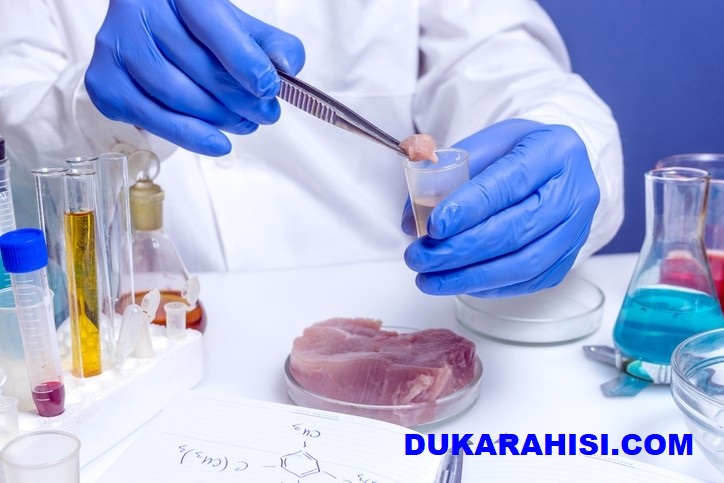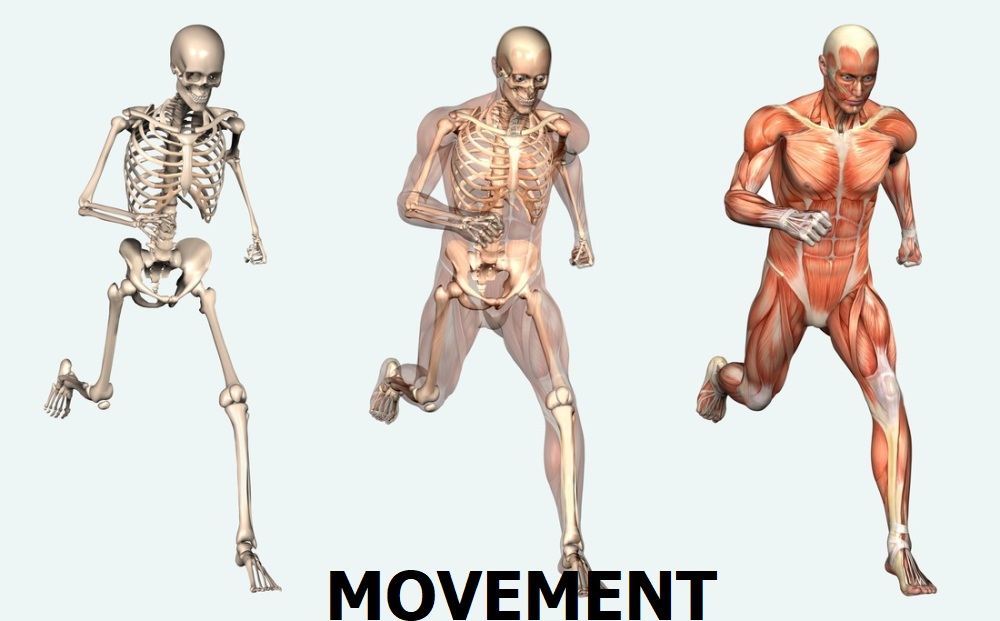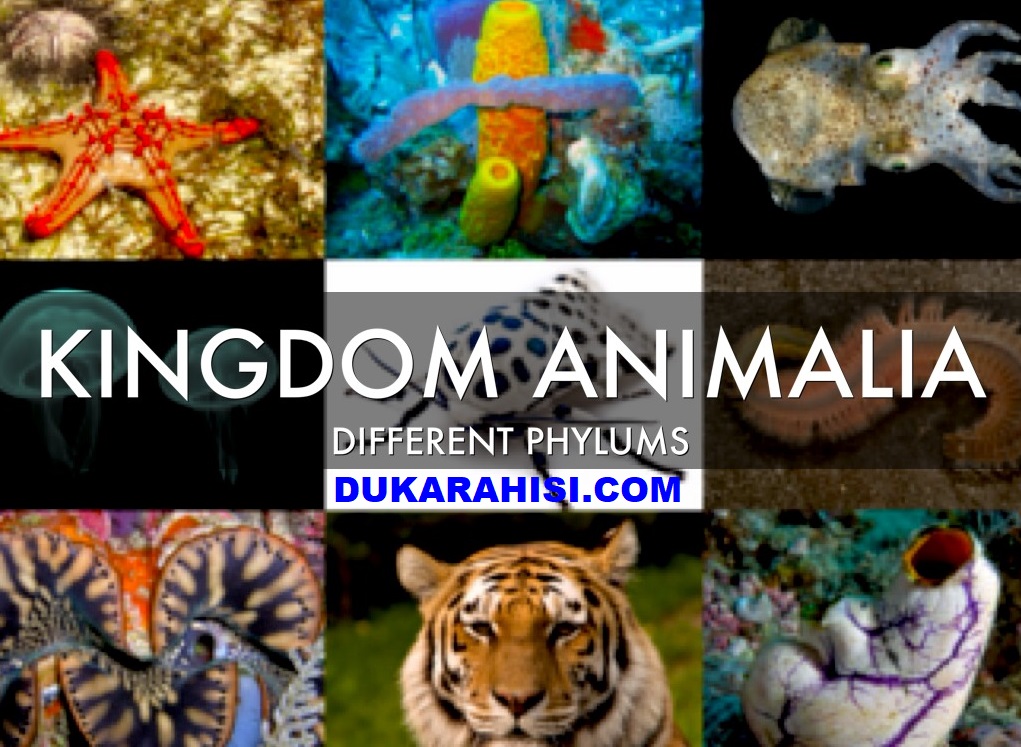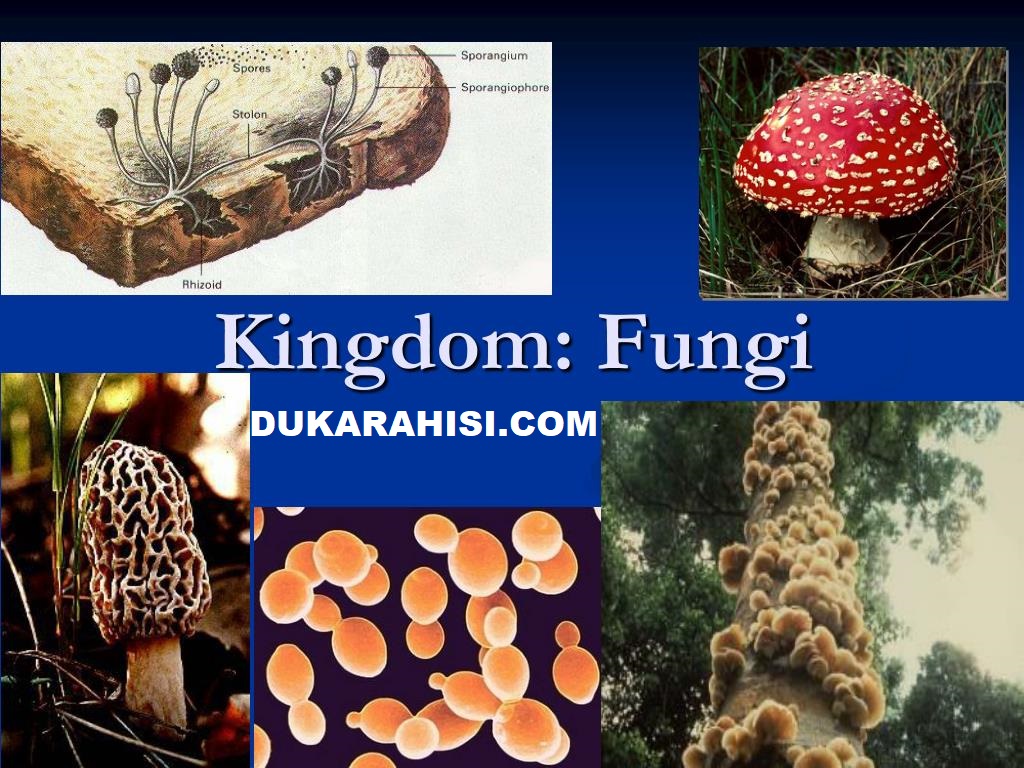Biology Practical O’level Food Tests
Food Test Practicals | Biology Practical O’level | BIOLOGY PRACTICAL O’LEVEL CLASSIFICATION | BIOLOGY PRACTICAL | CLASSIFICATION PRACTICAL | FOOD TEST PRACTICAL | FOOD TEST
Food test: Are used to determine which nutrients are present in a food specimen.
At this level, we will learn how to test for carbohydrates, proteins, and lipids.
CARBOHYDRATES
Carbohydrates includes: starch, reducing sugar, and non-reducing sugar, that may contains glucose inside of them.

SOURCES OF CARBOHYDRATES
The following are some of the food that contains nutrients of carbohydrates:
Maize, Rice, Cassava, Potatoes, Bananas e.t.c
TYPES OF CARBOHYDRATES
There are three types of carbohydrates:
1. MONOSACCHARIDES
These are also known as simple sugar.
Example of monosaccharides are: Glucose, Fructose (fruit sugar), and Galactose (milk sugar).
Characteristics of monosaccharides
-They are sweet.
– They dissolve in water to form sweet solution.
– They are crystalline.
– They are all reducing sugar.
2. DISACCHARIDES
These are formed when two monosaccharides molecules combined.
Example of disaccharides are: maltose, lactose, and sucrose.
Characteristics of disaccharides
– They are sweet.
– They are crystalline.
– They dissolves in water to form sweet solution.
– Some are reducing sugar (maltose and lactose), and some are non-reducing sugar (sucrose).
3. POLYSACCHARIDES
Are formed by condensation involving several monosaccharides.
Example of polysaccharides are: starch, glycogen, chitin, and cellulose.
Characteristics of polysaccharides
– They are not sweet.
– They are insoluble in water.
– They are non-crystalline.
– They form suspensions with water.
– All are non reducing sugar
– Sources of Starch are: Cassava, potatoes, yams, cereals.etc
– Sources of Reducing sugar are: onion, carrot, sugar cane, germinating cereal grains.
– Sources of Non- reducing sugar are: sugar cane, fresh milk, beet root.etc
FUNCTIONS OF CARBOHYDRATES (starch, reducing, and non-reducing sugar)
– Used as a source of energy in the body.
– Regulation of blood glucose in the body.
– Dietary fiber.
– Biological recognition processes.
– Provides flavor and sweeteners. eg sucrose, fructose, and glucose.
– They form important component of cell membrane.
Hypoglycemia and Ketosis ; are diseases caused by lack or inadequate amount of carbohydrates in the body.
Carbohydrates are digested in the body inform of starch.
* Digestion of starch in the alimentary canal takes place at the mouth and duodenum.
* At the mouth, the enzyme involved in the digestion of starch is called salivary amylase (ptyalin).
* At the duodenum, the enzyme involved in the digestion of starch is called pancreatic amylase.
* The end- product of digestion of starch is Maltose.
PROTEINS

SOURCES OF PROTEINS
Egg, Irish potatoes, Beans, Meat, Milk, Fish e.t.c.
FUNCTIONS OF PROTEINS
– Used as a source of energy to the body.
– Used for tissue growth.
– Used for repair the damaged tissue.
– Used in the formation of some tissues. eg hair, nail e.t.c
– They form part of the cell structure.
:Lack of proteins in the body can cause disease called Kwashiorkor.
* The digestion of proteins in the alimentary canal takes place at the Stomach and duodenum.
* At the duodenum, the enzyme involved in the digestion of protein is called Trypsin.
* At the stomach, the enzyme involved in the digestion of protein is called Pepsin.
* The end- product of digestion of protein is Peptides.
LIPIDS
Lipids includes Fats and Oils.

SOURCES OF LIPIDS
.Groundnuts, Coconuts, Avocado, Milk, Meat e.t.c
FUNCTIONS OF LIPIDS
– Used as a sources of energy in the body.
– They protect internal organs like hear, kidney etc.
– Insulate the body against heat loss.
– They assist mechanism of buoyance in marine organisms.
– They are important component of cell membranes.
Excessive amount of lipids in the body can cause Obesity.
Lack of lipids in the body can cause the deficiency of vitamin: A, D, E, K etc
* The digestion of lipids in the alimentary canal takes place at the Duodenum.
* The enzyme involved in the digestion of lipids is called Pancreatic Lipase.
* The end- product of digestion of lipids is Fatty acids and Glycerol.
FOOD TEST EXPERIMENT
REAGENTS USED DURING FOOD TEST
- Iodine solution,
- Benedicts solution,
- Hydrochloric acid (HCl),
- Sudan III,
- Sodium hydroxide (NaOH)/potassium hydroxide(KOH)/ Sodium hydrogen carbonate(NaHCO3),
- Copper II sulphate.
*Starch can be tasted by using IODINE SOLUTION. If starch present , the colour will appear BLUE-BLACK.
* Reducing sugar can be tasted by using BENEDICT’S SOLUTION. If reducing sugar present, the colour will change from BLUE to GREEN to YELLOW to BRICK RED PRECIPITATE.
* Non- reducing sugar can be tested by using DILUTE HYDROCHLORIC ACID, SODIUM HYDROXIDE(NaOH)/ Potassium hydroxide(KOH)/ Sodium hydrogen carbonate(NaHCO3), and BENEDICTS SOLUTION. If non-reducing sugar present the colour will change from BLUE to GREEN to YELLOW to BRICK RED PRECIPITATES.
* Proteins can be tetsed by using SODIUM HYDROXIDE SOLUTION and COPPER II SULPHATE. If proteins present the colour will appear PURPLE.
*lipids can be tested by using SUDAN III. If lipids present, the RED DROPLETS will appear on the surface.
NOTE:
– The function of hydrochloric acid is to neutralizes disaccharides to monosaccharides.
– The function of Sodium hydrogen carbonate is to hydrolyzes the acid.
PRINCIPLES OF WRITTING FOOD TEST PRACTICAL REPORT
– It must have four parts: Food tested, Procedure, Observation, and Inference.
– Passive past tens must be used instead of present tens.
– If not guided, the food must be tested in a series of: Starch, Reducing sugar, Non- reducing sugar, Proteins, and the last is Lipids.
– Use specific amount of sample solution and reagents; eg 2mls or two drops and not few mls or few drops.
– It must have a heading at the top.
– If reducing sugar present, no need for testing non- reducing sugar.
Biology Practical O’level Food Tests
FOOD TEST PRACTICAL REPORT
NB:
Assume you are provided with solution Z.
S/NO. |
TEST FOR |
PROCEDURES |
OBSERVATION |
INFERENCE |
|
1. |
STARCH |
2mls of solution Z was added in a test tube, then 2 drops of Iodine solution were added and shaken the mixture. |
-Blue black colour was observed -Yellowish brown iodine was observed |
-Starch was present. -Starch was absent. |
|
2. |
REDUCING SUGAR |
2mls of solution Z was added in a test tube, then two mls of Benedicts solution was added and boiled for about 2 to 3 minutes. |
-Colour changed from: blue to green to yellow to brick red precipitate. – Blue colour of Benedicts solution was retained. |
-Reducing sugar was present. Reducing sugar was absent. |
|
3. |
NON-REDUCING SUGAR |
2mls of solution Z was put in a test tube, then 1ml of dilute Hydrochloric acid was added and boiled for about 2 to 3 minutes then cooled. After cooled, 2mls of Sodium hydrogen carbonate was added followed by 2mls of Benedicts -solution and boiled for about 2 to 3 minutes. |
– Colour changed from: blue to green to yellow to brick red precipitates. -Blue colour of Benedicts solution was retained. |
– Non-reducing sugar was present. -Non-reducing sugar was absent. |
|
4. |
PROTEIN |
2mls of solution Z was put in a test tube, then 1ml of sodium hydroxide solution was added and shaken followed by 2- drops of Copper two sulphate and shaken the mixture. |
– Purple or violet colour was observed . Blue colour of Copper two sulphate was retained. |
– Protein was present. -Protein was absent. |
|
5. |
LIPIDS |
2mls of solution Z was put in a test tube,then 2-drops of Sudan three was added, shaken the mixture and allowed to settle. Few drops of solution Z was poured on a piece of paper. |
– Red droplets was observed on the surface. Red colour of Sudan three was uniformly distributed throughout the solution. Translucent mark appeared on the paper. |
– Lipids was present. Lipids was absent. -Lipids was present.
|
Sample of questions concerned with food test
1. state the role of Hydrochloric acid (HCl) during testing non- reducing sugar
2. state the role of Sodium hydrogen cabonateNaHCo3) used at the food test
3. State the functions of food that was present during food test
4. What are the end-product of digetion of the following food:
-Starch, proteins, and lipids
5. Mention one source of the following food:
– starch, protein, lipids,
6. What is deficiency when the body is lacking the following food?
– Lack of protein ………..
– Lack of starch……..…
– Lack of lipids………..
7. Where in the alimentary canal are the following food digested?
– Starch, protein, lipids
8. Which enzymes involved in the digestion of each of the following food?
– Starch is digested by enzymes called……
– Protein is digested by enzymes called…..
– Lipids is digested by enzymes called……...
9. In which type of carbohydrate starch is placed?
10. In which type of carbohydrate reducing sugar is placed?
11. In which type of carbohydrate non- reducing sugar is placed?
YOU MUST ALSO READ
BIOLOGY PRACTICAL O’LEVEL FOOD TESTS
BIOLOGY PRACTICAL O’LEVEL CLASSIFICATION I KINGDOM FUNGI
BIOLOGY PRACTICAL O’ LEVEL CLASSIFICATION II
BIOLOGY PRACTICAL O’ LEVEL CLASSIFICATION III KINGDOM ANIMALIA






























































I will right away seize your rss feed as I can not to find your email subscription hyperlink or newsletter service. Do you’ve any? Kindly let me understand in order that I may just subscribe. Thanks.